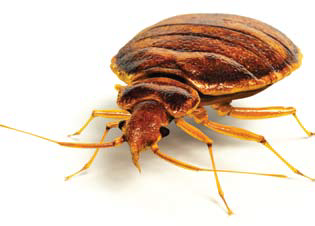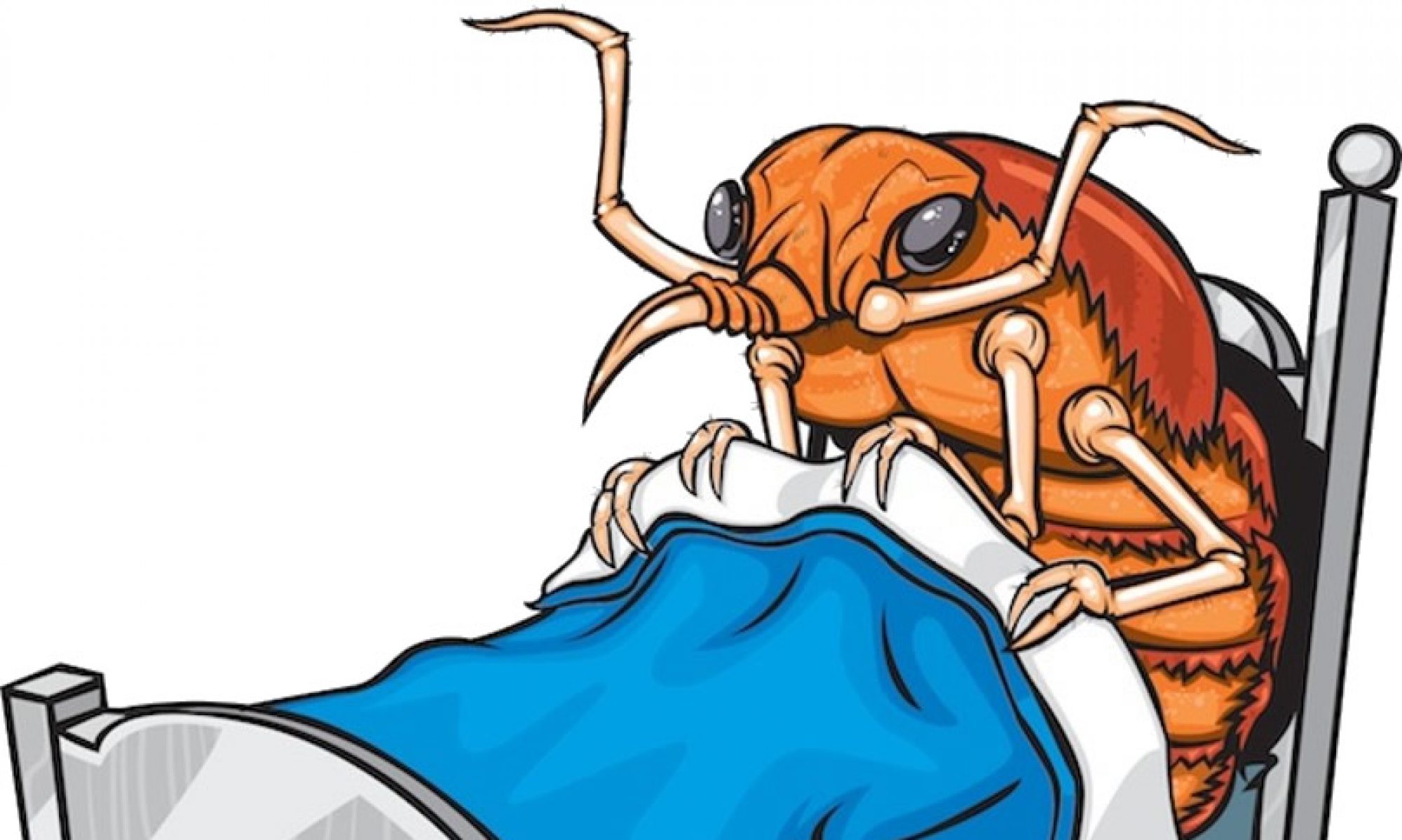 Places of business are generally not ideal for bed bug infestations to become established because there is little opportunity for the bugs to feed on sleeping or stationary persons.
Places of business are generally not ideal for bed bug infestations to become established because there is little opportunity for the bugs to feed on sleeping or stationary persons.
While reproducing populations of bed bugs may not develop in such places, they may serve as hubs for the accidental transport of bed bugs by workers to their homes and to places they frequent during the day such as restaurants and other businesses.
GUIDELINES
- Workers should report potential bed bug sightings; and if possible, collect specimens.
- Collected specimens should be identified by a qualified pest management professional.
- When bed bugs have been identified in the building, workers should be notified and informed about how to prevent transporting bed bugs.
- Workers should not bring or use pesticides at work.
- A pest management professional should be contacted as soon as possible to inspect areas where bed bugs have been confirmed and render treatment as necessary.
- Follow-up inspections and treatments should be made until there are no confirmed bed bug sightings for at least two months.
- Office workers should minimize the number of items brought into and out of the building. If items such as coats, purses, backpacks and brief cases are brought in and out, they should be
stored off the floor and in tightly sealed bags or plastic bins when not in use. - As much as is practical, office clutter should be eliminated. Bed bugs may be prevented from crawling onto desks and desk chairs by installing traps beneath desk and chair legs, or by wrapping carpet tape or duct tape (sticky side out) around the legs.
- Items brought back-and-forth from office and home should be placed and stored in tight-sealing bags or plastic containers in
cars and at home. - When leaving infested offices, workers should do self inspections for bed bugs.
- Upon arrival home, clothes can be immediately washed and dried in a hot dryer for at least 20 minutes to eliminate all stages of
bed bugs.

